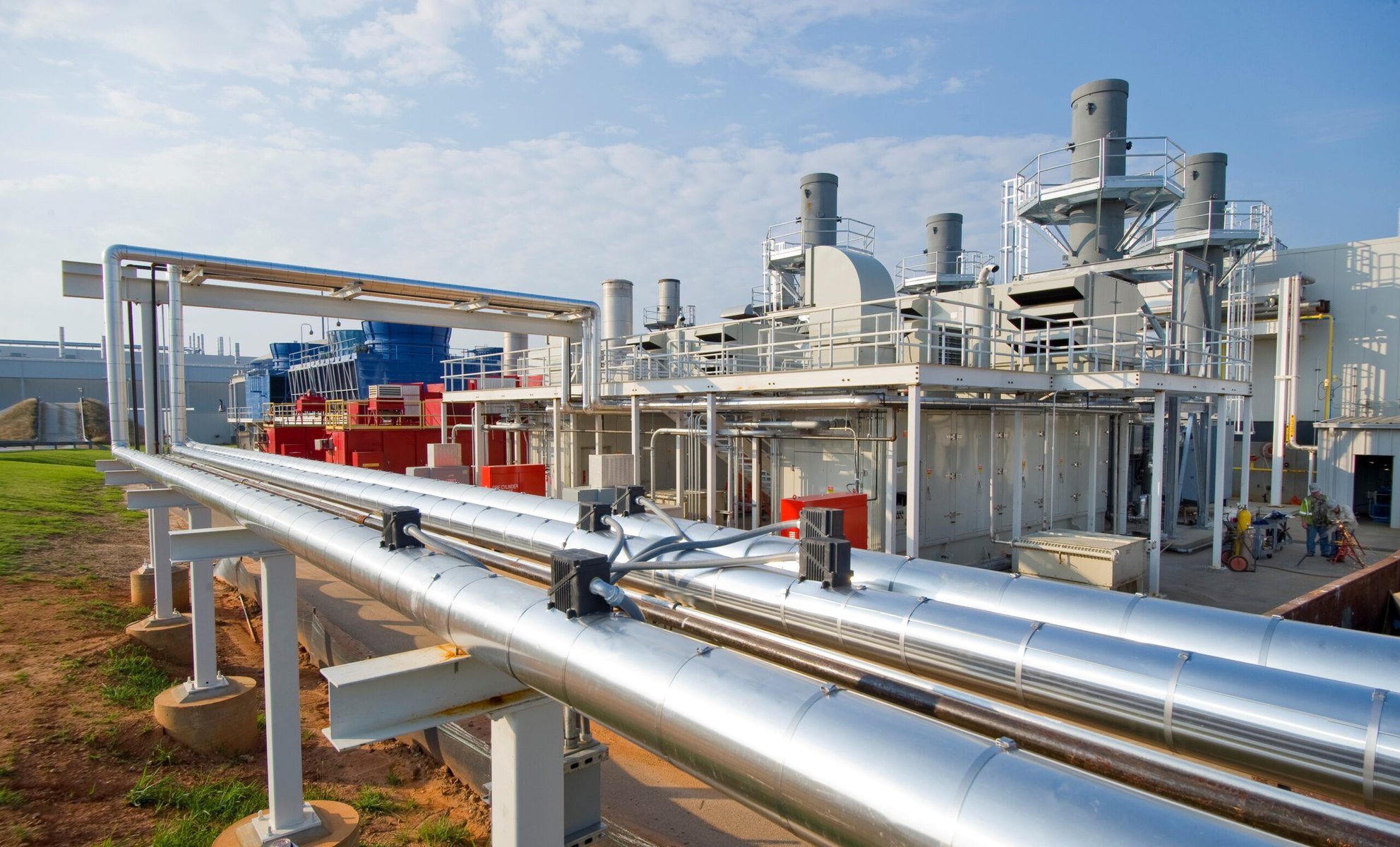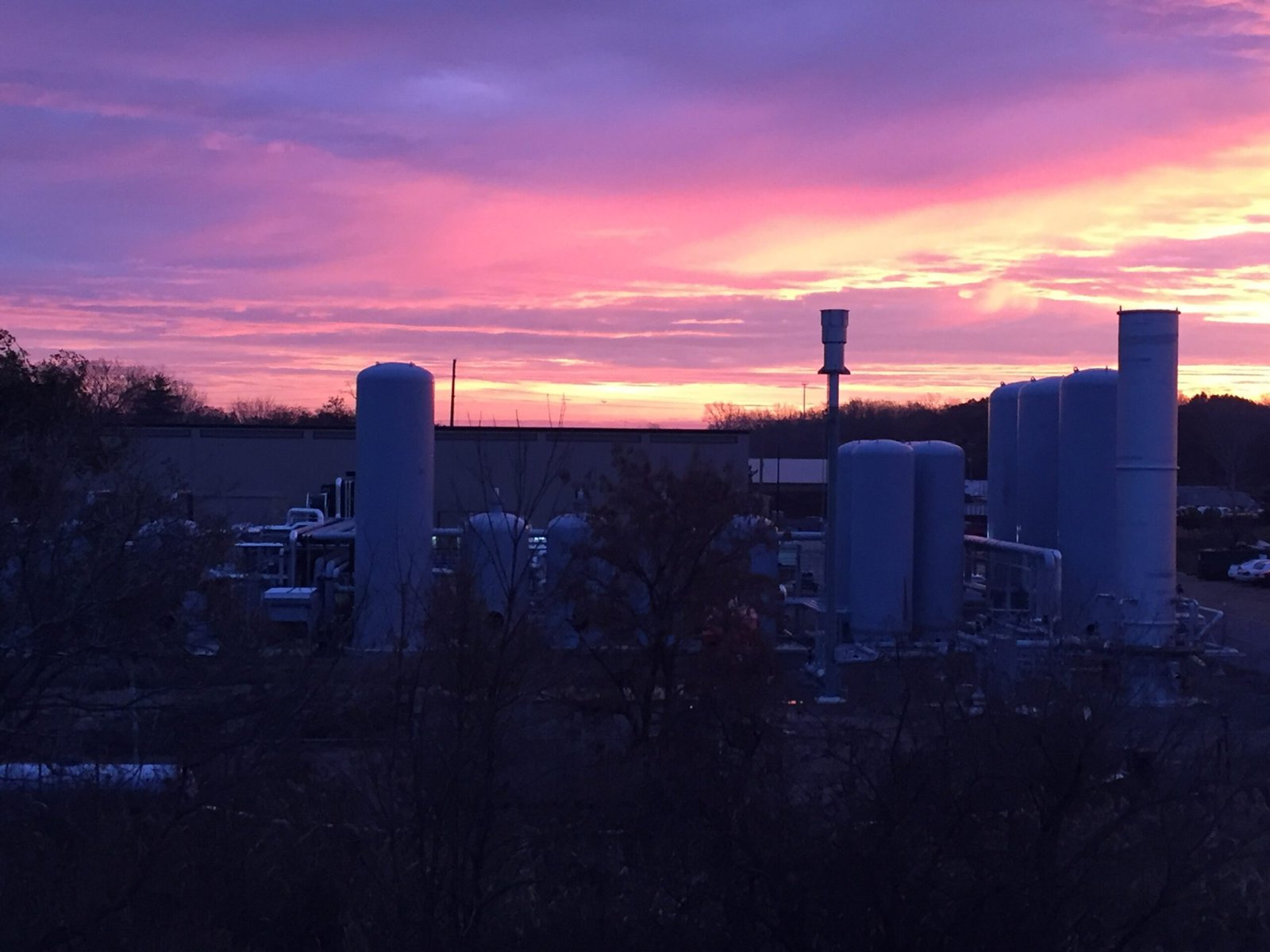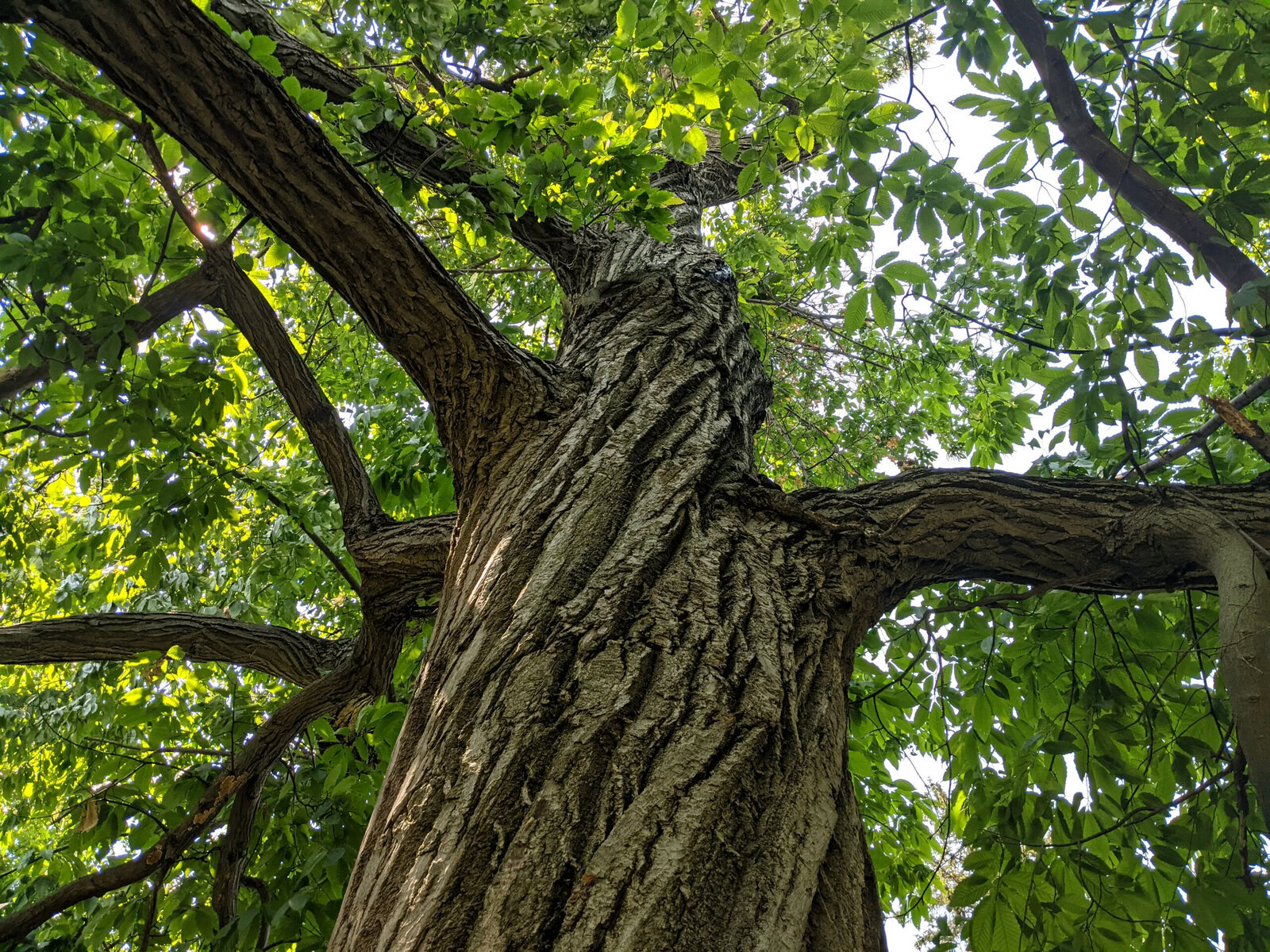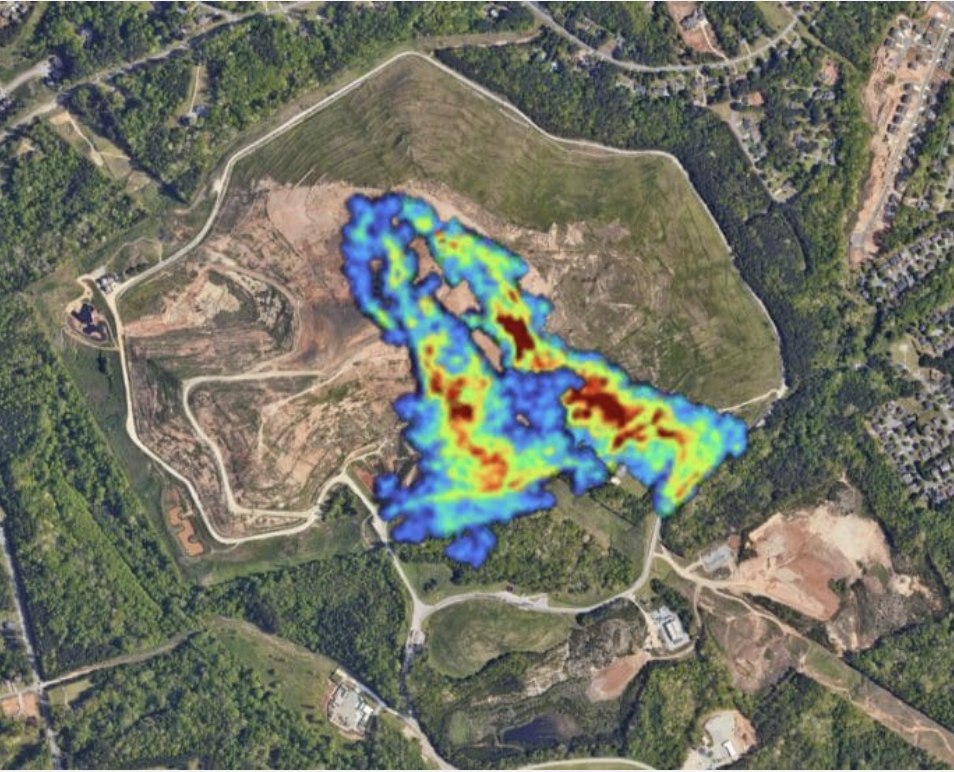Across the United States, landfills are accumulating trash faster than materials can decompose. In the nearly 2,000 landfills in the US, food waste contributes over 50 percent of fugitive methane emissions from municipal solid waste landfills, those invisible plumes of potent greenhouse gas emissions that seep out of landfills and into the atmosphere.
Landfills rank as the third-largest human-generated source of methane emissions in the US, according to the Environmental Protection Agency (EPA). While diverting trash altogether would be the preferred outcome for pollution reduction, about 500 landfills across the country have turned to a novel way of combating pollution from the waste that is ending up in landfills: capturing the gas emitted from organic materials and transforming it into electricity.
“Methane is already in our environment today. You either use it or lose it,” says Mike Bakas, alluding to the methane that is wasted if it’s not captured. Bakas leads all landfill projects and renewable natural gas business at Ameresco, a company that designs, builds and operates renewable energy plants for landfills around the US.

Methane is a potent greenhouse gas, about 28 times as potent as carbon dioxide at trapping atmospheric heat. Capturing it removes the gas’s ability to stimulate the greenhouse effect that comes with its infiltration into our atmosphere.
Landfills that utilize Landfill Gas-to-Energy (LFGTE) systems, which allow for the conversion of methane to energy, are equipped with infrastructure designed to collect the gas, often encased with a layer of clay or synthetic membrane to prevent gas from escaping into the atmosphere. Once collected, the methane can be utilized in one of a few ways, as electricity to use on-site or feed into the local power grid, or as natural gas.
The amount of energy generated through LFGTE projects varies widely depending on the size and age of the landfill, the composition of waste and the efficiency of the gas collection system.
Weighed down by negative news?
Our smart, bright, weekly newsletter is the uplift you’ve been looking for.One massive landfill that spans 629 acres in Virginia produces enough landfill gas (LFG) to create 70,000 megawatt hours of energy each year — that’s enough to power about 6,700 homes for a year, based on the average US household’s annual electricity consumption.
While most landfills using LFGTE are actively collecting waste, not all of them are. “We’ve got a landfill that’s been shut down for about 10 years and we still have another 10 to 20 years of gas in it,” says Bakas.
Puente Hills in California is the largest LFGTE program in the country, producing enough energy to power about 70,000 homes. Before the Puente Hills landfill closed in 2013, it was the largest landfill in the US, spanning 700 acres and reaching a whopping height of 500 feet above ground level.

These types of projects first came on the scene in the mid-1970s, and experienced a big rise in popularity in the ’90s — largely due to the fact that, in 1994, the EPA began encouraging landfill operators to develop LFGTE projects through its Landfill Methane Outreach Program.
So why isn’t every landfill owner taking advantage of its latent treasure trove of energy? Funding, mostly.
According to Bakas, LFGTE systems can cost between $10 million and $100 million to implement.
The Inflation Reduction Act (IRA) provided tax deductions for landfills to install these systems, but there are still limitations that prohibit smaller landfills from being able to finance LFGTE. Specifically, the IRA didn’t explicitly permit the use of Investment Tax Credits (ITC) for LFGTE projects, something Bakas says the industry is pushing for, as it would go a long way in helping smaller landfill projects that wouldn’t otherwise be economically feasible.
There are also caveats embedded among the IRA’s tax offerings that restrict landfills from receiving any of these benefits unless its owner owns both the landfill collection system and the energy processing plant, which, according to Bakas, is often not the case.
“So we need the treasury to come out and say, you can own either one or both, which would free us up to invest money in the equipment we need to do it,” says Bakas.

And supporting these projects isn’t just good for our air quality and atmosphere, but potentially for our pockets too. The dollars put into building these systems can be returned through the sale of electricity. And in some regions, landfill gas projects can generate renewable energy credits, which can be sold to utilities needing to meet renewable energy standards, providing an additional revenue stream.
But these projects aren’t always profitable, and some may not have the capacity to ever be.
“To the extent that the site is economic, which I don’t think it’s a guarantee that it is, operators would probably look at how much [energy] can we produce … and how close are we to where the energy can be used?” says Daniel Bresette, president of the Environmental and Energy Study Institute.
Bresette says that if a plant is processing landfill gas for electricity, as opposed to other types of energy, the plant may be able to do so with existing equipment, and with less concern for where the landfill is located. This is because the electricity can be fed directly into the energy grid, rather than needing to be transferred off-site to be processed.
The EPA estimates that a project that requires the installation of a new capture system would cost about $8.5 million to install and maintain, and would cost about another $3.5 million over the course of its 15-year lifespan. That number would drop dramatically for a project that doesn’t require the support of a supplemental capture facility to process the LFG. It would also drop if tax credits, carbon credits or on-site electricity are utilized.
Landfills of a certain size are required by the Clean Air Act to install and operate gas collection systems. For those that don’t meet sizing requirements, the industry is pushing for more government support.
“If the treasury confirms that we can use the ITC tax credits under the IRA towards these projects, then those smaller projects that were not economic might very well become economic,” says Bakas.












